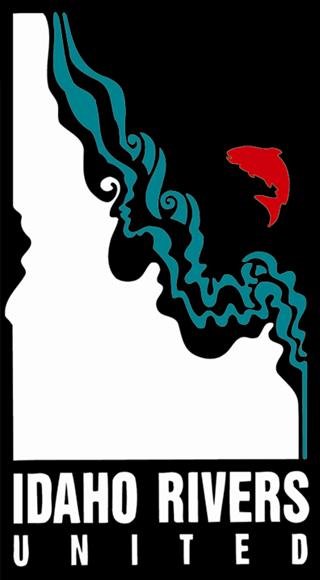Help Restore Cold Water Fisheries in the Priest River
The Issue
The Priest River in northern Idaho has suffered for decades due to management practices that disregard the health of the river system. The outlet dam on Priest Lake was constructed in 1950 to maintain the lake level, and each summer the dam creates artificially low stream flows and warm temperatures on the 44 miles of the Priest River from the lake to the confluence with the Pend Oreille River. Native cold water fish species, including bull trout, westslope cutthroat trout, and mountain whitefish have suffered due to the impacts of the dam, coupled with climate change. The low flows “jeopardize fishery habitat and recreation”, according to the Idaho Comprehensive State Water Plan. The Priest River is classified as water quality impaired by the Idaho Department of Environmental Quality, due to the warm stream temperatures.
Efforts to restore the Priest River
The Kalispel Tribe and Idaho Fish and Game have been researching how to restore cold water fisheries to the Priest River. A potential method identified is by a coldwater bypass, which would provide cold water to the river from the bottom of the lake. Research commissioned by the Kalispel Tribe and IDFG indicates that this method could successfully restore coldwater fisheries to the Priest River without causing any physical or biological harm to the lake.
While this concept may not be a silver bullet to restore the Priest River, it does have the potential to significantly improve water quality for wild native fish species that have declined significantly since dam construction, and deserves consideration.
How to help
A group of citizens recently organized to support restoration of the Priest River and launched an information website and petition. Idaho Rivers United is proud to be partnering with the Priest River Project to help ensure progress is made to restore coldwater fisheries of this unique river. Idaho Fish and Game and legislators need to hear from you! Check out https://www.priestriverproject.org/ and click here to sign the petition.

